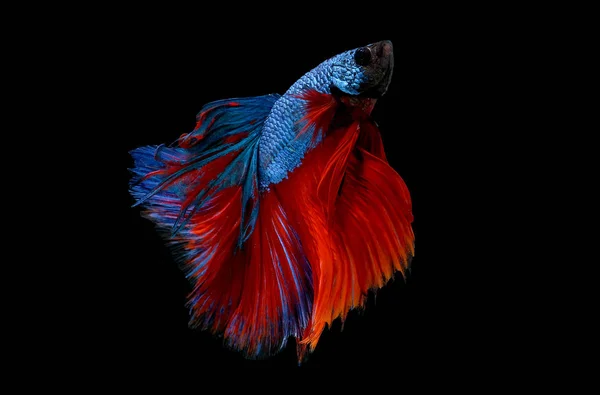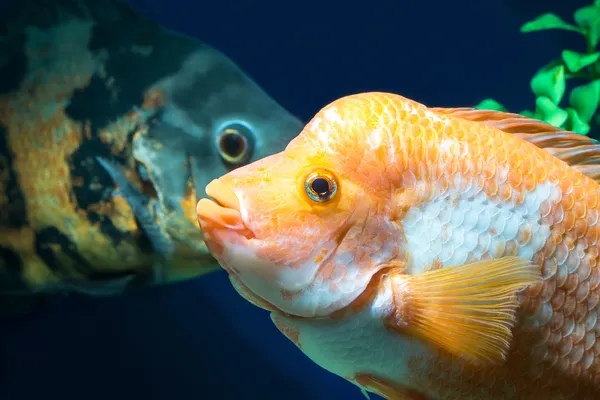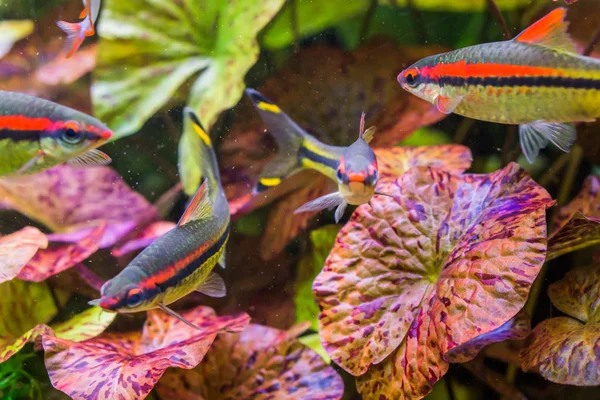Animals are sexually dimorphic in many cases. This means you can tell the sex. But unlike humans and other animals in the wild, this is not the case with fish.
Even with sufficient studying, you can hardly tell which is the male or female fish.
This article discusses what is a female fish called and other interesting facts about male and female fish.
What Is A Female Fish Called?
A female fish is called a fish. A female fish called a livebearer is a pregnant fish that produces younger ones instead of eggs, but it is still referred to as fish. A specific name may indicate the growth stage from eggs or birth, and so on, but a female fish is called fish.
Identification Of Male and Female Fish
There are the males, the females, and those that change gender during later life. Some can do this numerous times in their lifespan. And you wonder why the sex of fish can not be identified easily?
Usually, males have bigger but thinner bodies. This makes them bigger and more prominent than female fish. In some other species, male fish tend to be smaller than females.
Factors that can determine male fish from females include:
- The Difference in Coloration – Males tend to have more vibrant colors than females generally. A notorious example is the Betta fish. In other cases, females have more brilliant colors when laying eggs.But note that both male and female fish will lose their vibrant colors if you do not provide the right food and ensure the proper living conditions to breed them.
- Pointed Fins For Male Fish – The male fish tends to have fins that stick out further from their body. The dorsal and anal fins of the male fish usually poke out compared to that of a female fish. This extension makes male fishes look more extensive and free-flowing than their counterparts.
Distinguishing The Male Fish Gender From The Female
Depending on the fish species, there are different ways to identify the male fish from the female.
For most fish, the female is usually more extensive than the male, but the male is more colorful than the female.
It is essential to know the difference between the male and female fish in your aquarium. For most species of fish, it is not easy to identify a female fish.
But the following tips can help you tell the sex apart.
Note that these tips don’t provide a general overview for identification. It tells you what to notice.
Bettas

For bettas, you can easily distinguish the male from the female. The males have extended flowing fins and stunning colors that are beautiful.
On the other hand, females are not as colorful as their male counterparts, and they are usually stuck with stubbier and shorter fins.
Catfish

It is tough to tell one sex from the other. There are different species of catfish, but the only one that has a notable distinguishing factor is the Corydoras species. Females are usually more prominent in body size than males.
Cichlids

Determining the gender of this fish breed is no easy feat.
However, there is a subtle way to recognize the male from the female. The male cichlids have slim bodies, but they still have bigger bodies than their female counterparts.
Also, males are usually bright-colored and have pointed and flowing anal and dorsal fins, but females don’t.
Gourami

Another species that can’t be easily told apart is the gourami. This is because males and females are shaped and colored the same way.
However, there is a subtle way to differentiate via the dorsal fin. The males have long and pointed dorsal fins, while the females have shorter and rounded dorsal fins.
Tetras

This fish type has noticeable differences. The females are chubbier and more prominent than the males.
Also, males have bright colors and longer fins than females. But the females have shorter fins and less vibrant colors.
Livebearing Fish
The gonopodium (external sexual organ) is something only the male livebearing fish possess, making it easier to distinguish male from female.
The females have fan-like anal fins compared to the rod-like fin of the males, which can also be used as a copulatory organ. This makes the livebearing fish one of the easiest to tell apart without being confused.
Hermaphroditic Fish
Some fish species have both male and female reproductive organs. They are called hermaphrodites.
With both reproductive organs, these hermaphroditic fish change gender to reproduce young ones during the mating season.
There are different species of fish that fall under this category. They include damselfish, parrotfish, clownfish, guppies, and wrasse. These fish are usually marine or reef fish compared to freshwater fish, and they change their sex during their later life.
This hermaphroditic nature makes them easy to breed. The clownfish, among others, are notorious for this sexual attribute.
Other Names Attributed To Fish
As mentioned earlier, the general terminology used to refer to both gender is fish.
However, there are other names people attribute to fish. These names aren’t based on their gender. Instead, these names come into existence due to actions or behavioral patterns of fish at specific periods.
- Fingerling and Fry – Fingerling is the specific name for a baby fish that is about the average size of a finger. At this stage, the development of the scales would have begun, and the fins can be extended. A fish that newly hatches to life is called fry. At this stage, the fish’s swim bladder is functional to the point where it can actively feed itself. Usually, this is the stage where the yolk sac has almost disappeared.
- Shoal – A group of fish that swims in no particular direction is called a Shoal. They stick together to avoid being the next meal of any nearby predator. They believe in the safety that their numbers guarantee, and they swim with a form.
- School – The meaning of this name is quite different from the name mentioned above. While shoal refers to a group of fish moving in one direction without a purpose, school is the opposite of this concept. A group of fish swimming together for a particular purpose is simply referred to as a school. The purpose usually varies, but one notable reason is migration due to the changes in temperature, food scarcity, or the start of the mating season.

Final Thoughts
As mentioned earlier, fish are one of the complicated animals, which is perhaps why there is no specific name for the male and female.
Even a pregnant fish called a livebearer (one that gives birth to young ones instead of laying eggs) or an eggbearer (one that lays eggs)is called fish.
The same way the plural of fish is fish. But you can say fishes in instances where you refer to many species of fish.
But always remember, a female fish is called fish.
More Frequently Asked Questions:
- Can Fish Swim Backwards?
- Do Clownfish Eat Their Eggs and Babies?
- Can Fish Cry?
- How Do You Tell When Fish Are Hungry?

